Can You Daisy-Chain Monitors With VGA Cables?
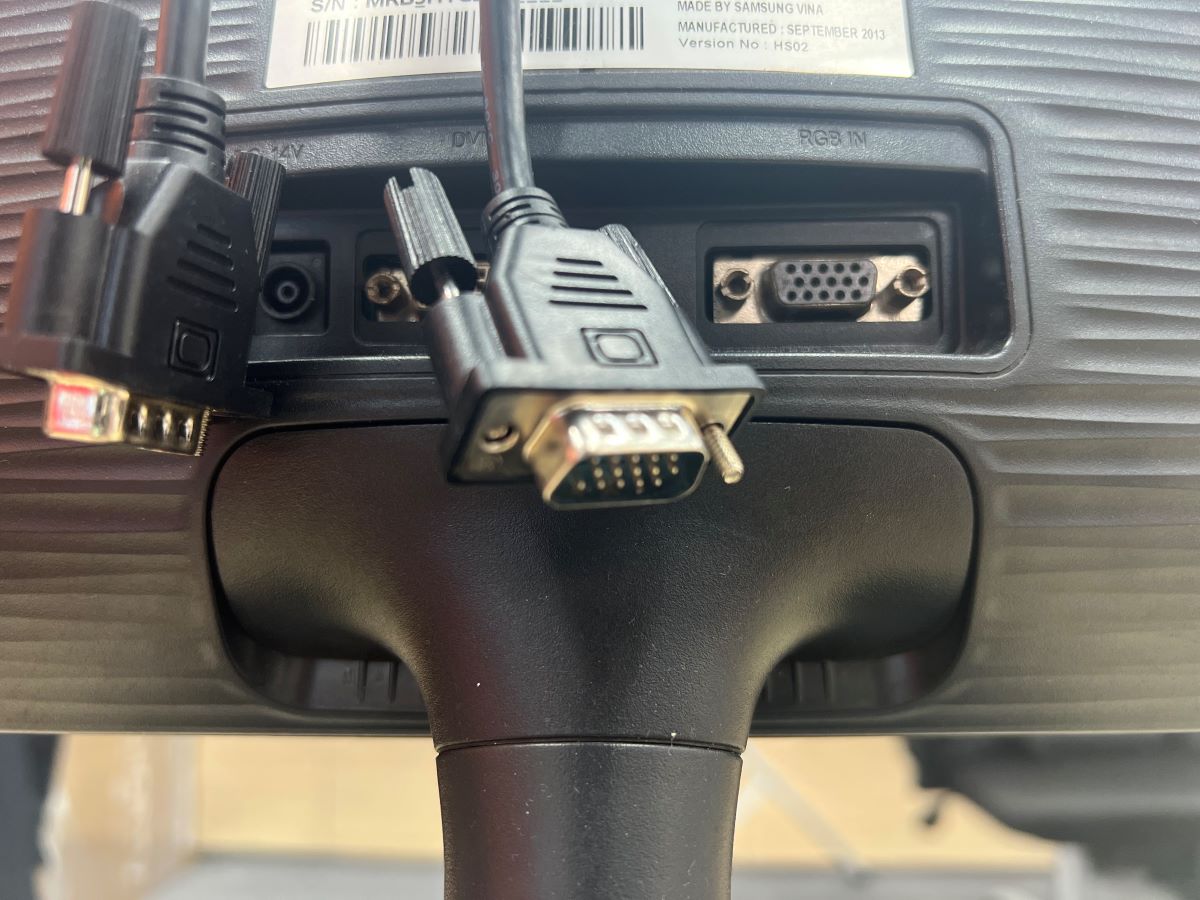
What To Know
- VGA cables cannot be used to daisy-chain monitors due to their analog technology
- To successfully daisy-chain monitors, one needs to use DisplayPort 1.2 (or greater) or Thunderbolt, which supports Multi-Stream Transport (MST)
This article addresses the feasibility of connecting multiple monitors using VGA and provides alternative solutions for your multi-monitor setup.
Understand the limitations and get clear, practical advice for enhancing your screen real estate.
Ready to expand your display knowledge? Let’s get started
Quick Navigation
What is “Daisy-Chaining” Monitors?
Daisy-chaining monitors is connecting two or more monitors using DisplayPort or Thunderbolt (Mac) video ports. The wiring method links multiple devices one after another like a chain.
The link is transmitted from the first device to the second, then to the third, and so on. In other words, the third, fourth, and fifth devices are not directly hooked to the first device’s video output port.
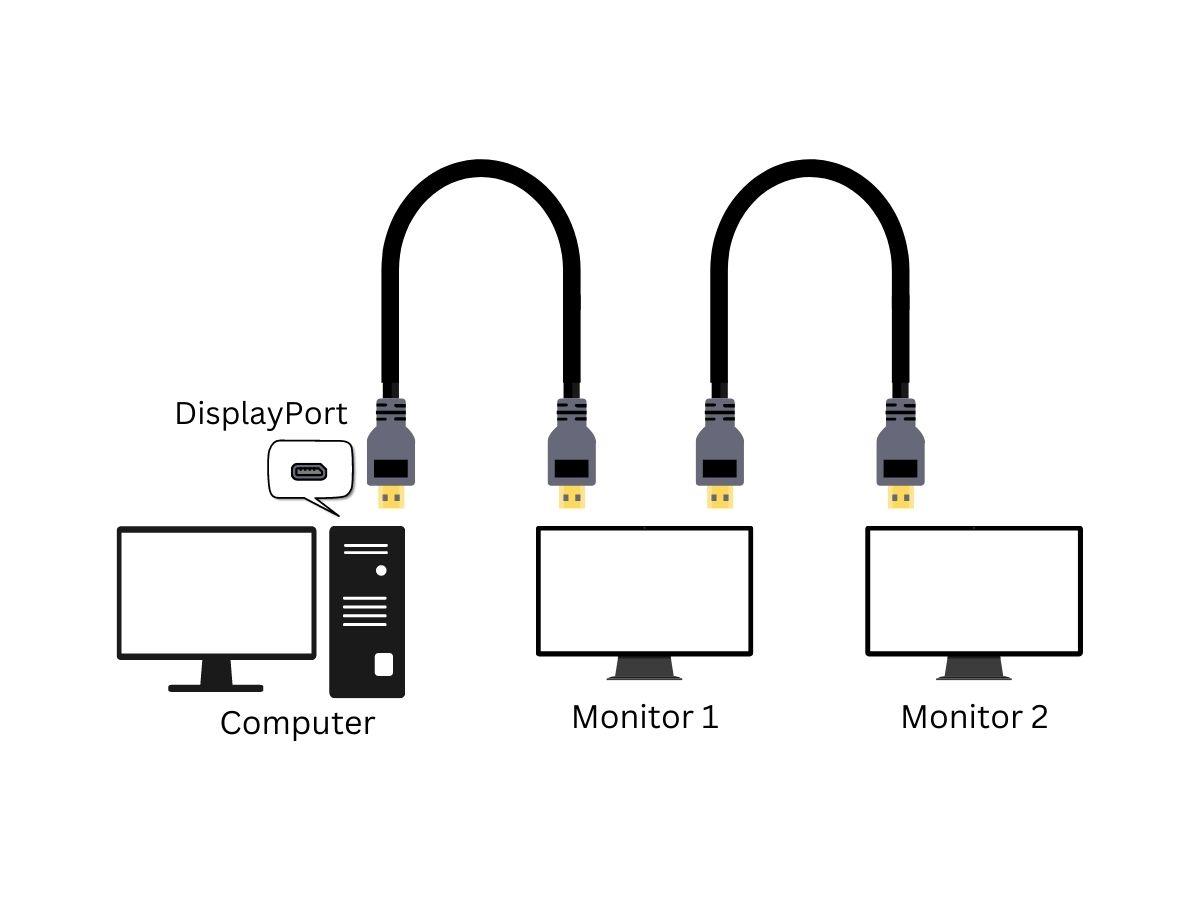
Since most computer monitors have limited video ports (laptops only have one), daisy-chaining helps connect multiple devices to one laptop.
Daisy chaining is ideal for compact workspaces or to prevent tangled cords or cable clutter. The wires used to connect the different monitors in a daisy chain can be short, simplifying cable management.
Although daisy-chaining is synonymous with monitors, it’s also used to connect printers, external hard drives, scanners, etc.
Can You Daisy Chain Monitors with VGA?
No, you cannot daisy-chain monitors using VGA cables.
Although some may talk about workarounds, analog VGA tech cannot do daisy-chaining categorically.
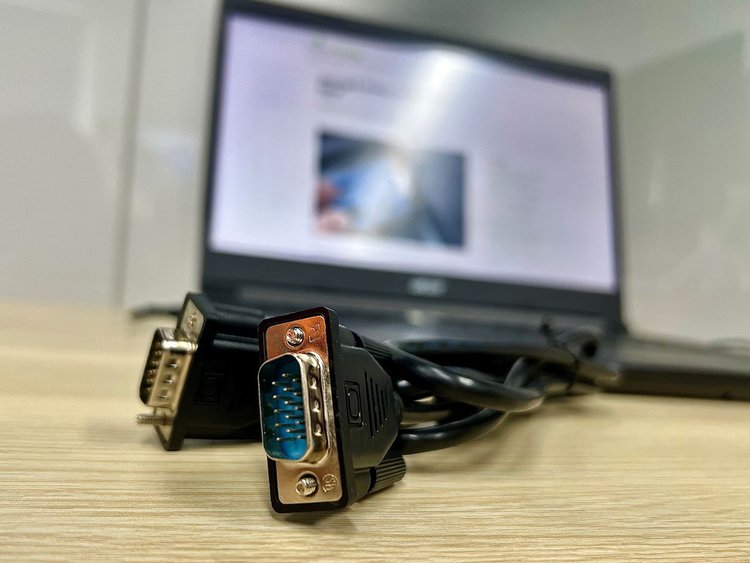
A VGA cable can help connect only one monitor to a graphics card or monitor. Similar is the case with HDMI, which also only supports connecting two devices directly or doesn’t have a built-in architecture for multi-monitor setups.
Suppose you were to connect multiple monitors with VGA or another standard that doesn’t support daisy-chaining.
In that case, you’d have to link each device directly to your computer’s discrete video output ports or employ extra hardware, like an adapter or video splitter.
A daisy chain setup requires multiple monitors that support DisplayPort 1.2 (or greater) or Thunderbolt. Cables, converters, DP-to-HDMI, or USB-C-to-DP adapters don’t support daisy chaining.
DisplayPort 1.2 introduced the multi-stream transport (MST) feature that enables daisy-chaining. The software feature helps transfer several video signals over one cable or facilitates daisy-chaining between DP 1.2 ports.
HDMI doesn’t support daisy-chaining because it lacks the MST feature. Thunderbolt, however, is inherently designed or has a built-in protocol to support daisy-chaining.
The laptop or the first device in the chain must have a video output port. The last monitor should have a video input port. The middle devices should have video input and output ports to receive and transmit information.
The number of devices that can be daisy-chained is based on your graphics card’s capabilities, the monitors’ resolutions, and the Thunderbolt or DisplayPort’s bandwidth limitations.
DisplayPort 1.2, for instance, has a 21.6 Gbps data transfer limit over four lanes. Therefore, if you’re considering daisy-chaining three or more monitors, one may have to make do with a lower-resolution output.
Note: DisplayPort 1.2 monitors/devices introduced the MST feature. But not all DP 1.2 ports support the feature by default. It varies with or depends on the particular implementation.
If a DP 1.2 port doesn’t support MST, it means it’s devoid of the required firmware or circuitry to enable MST. Therefore, confirm MST support when buying a graphics card or monitor with DP 1.2.
Identifying GPU Multi-View Limitations
As stated before, your GPU should support daisy-chaining, and the connected monitors must pack in both video output and input ports.
Not all graphics cards or computers support MST by design. They may not have MST-ready video output ports or display drivers for the feature.
Read the device’s user manual to learn more about its capabilities. Generally, graphics cards that support daisy-chaining will have that mentioned on the packaging.
Also, you may check your GPU’s capabilities and limitations. Here are the steps to determine your video card’s multi-view capacity:
- First, find out your GPU’s name. On your computer, open Device Manager. Type “device manager” in Windows’ built-in search tool to locate the control panel applet.
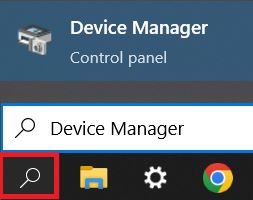
- In the Device Manager dialog box, choose Display Adapters. The GPU name will appear below the option.
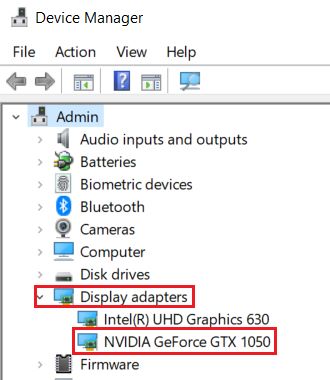
- Launch the Gigabyte website.
- Type your GPU’s name in the website’s internal search box to learn about its specs.

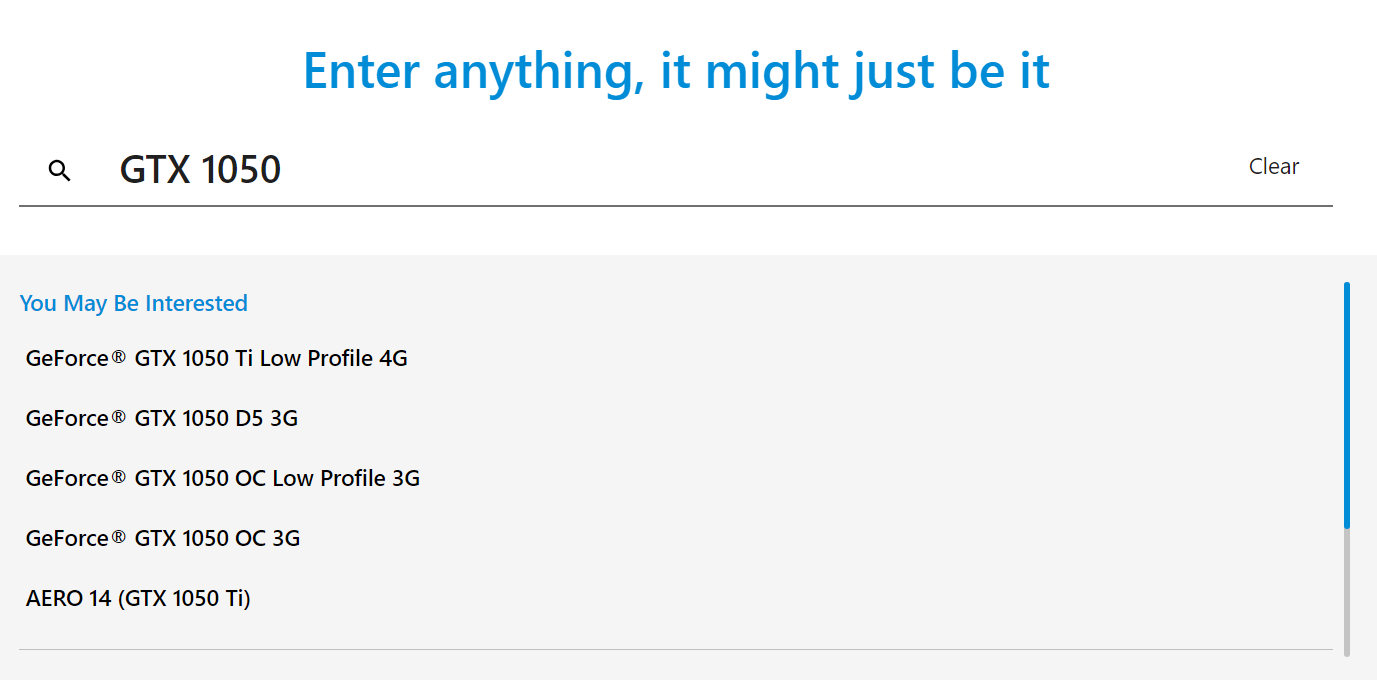
- Click the Specification tab. Next, scroll down to locate Multi-View. The number shown is the total number of monitors your GPU can daisy-chain.
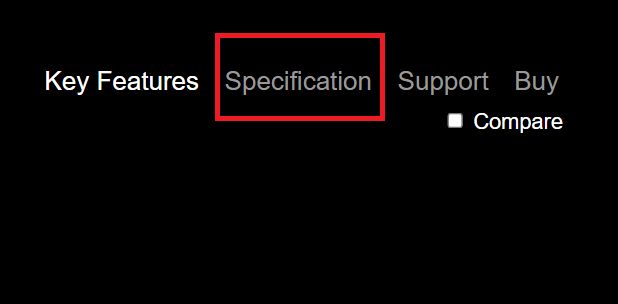
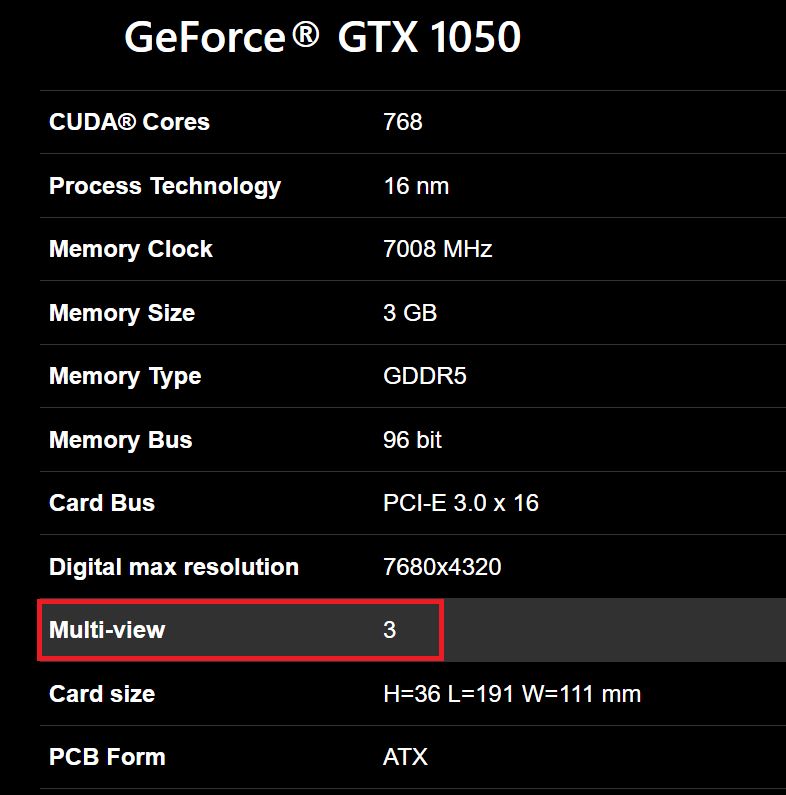
As mentioned earlier, DisplayPort can transmit only a certain amount of pixel information. Therefore, if you plan to daisy-link three or more monitors, you must decrease the video resolution on one or two monitors.
| Resolution | Maximum Display Monitor(s) |
|
1680 x 1050 |
5 |
|
1920 x 1080 |
4 |
| 2560 x 1600 |
2 |
| 4096 x 2160 (4K x 2K) |
1 |
With each successive monitor using up the system’s resources, the setup’s overall performance will noticeably suffer. Besides resolution compromises, issues such as flickering screens or slow refresh rates are also possible if the monitor or power load is high on the source device.
Thunderbolt supports greater bandwidths than DisplayPort in a daisy chain, allowing 4K at 60 Hz with two monitors and a maximum of six monitors displaying content at 1080p at 60 Hz.
How to Set Up Daisy Chain Monitors?
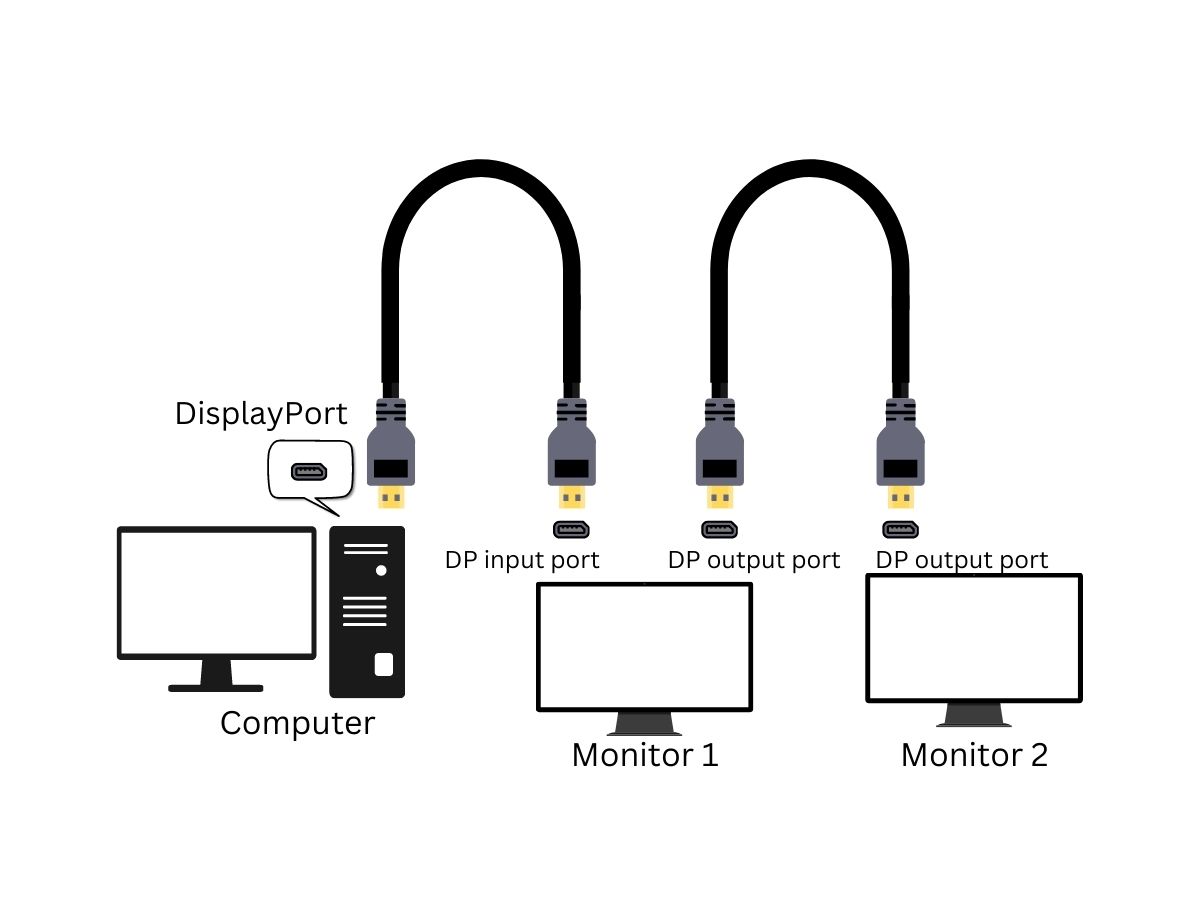
Consider the number of monitors and their video input and output ports to create a daisy chain monitor setup.
As mentioned earlier, the intermediary monitors should have separate input and output ports. The root monitor must have a video out, and the last monitor in the chain can have just the input port.
The ViewsonicVP2468a 24-inch and ASUS ProArt have both video output and input ports.
Daisy Chaining Using DisplayPort 1.2
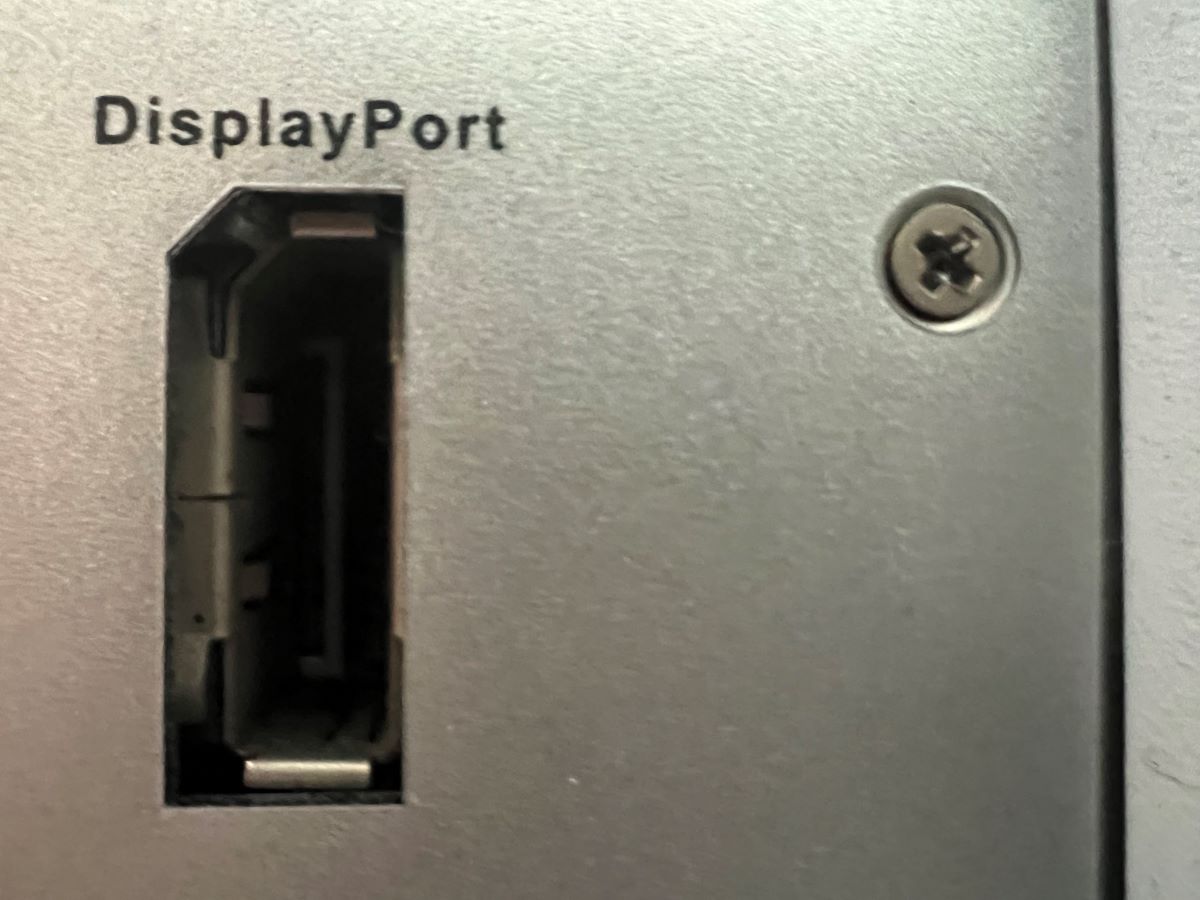
To daisy-chain using DisplayPort 1.2, you’ll need DisplayPort 1.2 cables. For two monitors, you’d need two lines. For a three-monitor setup, you’ll require three cords and so on.
Here are the steps to set things up:
- Power on your computer and the monitors.
- Connect one extreme of the DP cord to the GPU’s DP. The other end goes into the first monitor’s DP input port.
- Grab another DisplayPort cable and hook one end to the first monitor’s DP output port. Connect the other end to the second monitor’s DP input port. Continue the link pattern if you have more monitors to connect.
Daisy Chaining Using Thunderbolt
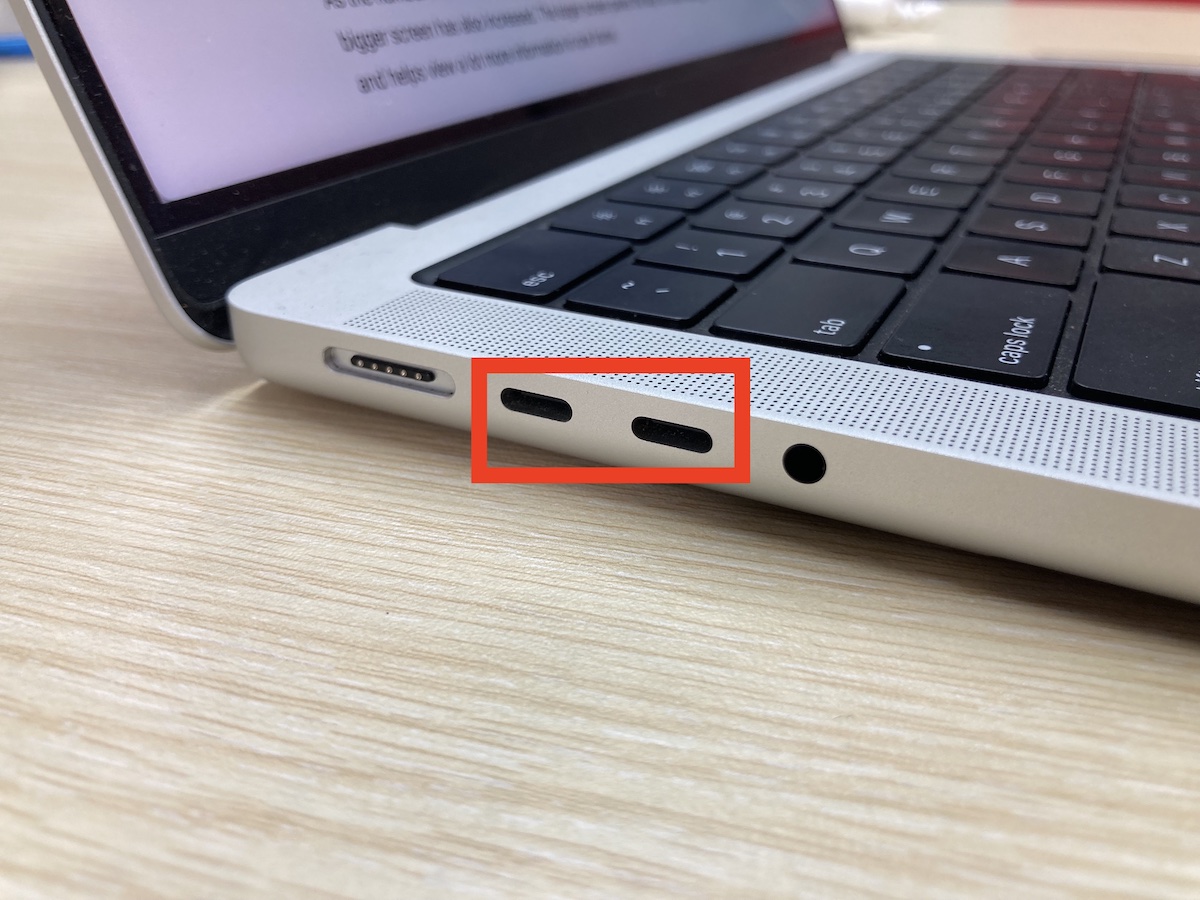
Ensure all devices have Thunderbolt 3 or higher ports to daisy chain using Thunderbolt. Also, use cables supporting Thunderbolt 3 or greater to link the devices.
Like with the DisplayPort setup, you’ll need two Thunderbolt cables for two monitors, three for the corresponding number of monitors, and so on.
The steps to daisy-chain monitors using Thunderbolt are similar to the above. The only difference is that you’ll use Thunderbolt cables and ports instead.
If using Thunderbolt 3 or 4, you may use Thunderbolt or USB-C with DP alt mode cables to connect the monitors.
USB-C with DP alt mode or Thunderbolt doesn’t require inserting them in specific output or input ports. In other words, you need not worry about particular video output or input designations.
The liaising monitors, however, must feature two ports to support sending out and receiving signals.
Conclusion
Most people like their work desks clean and cable-free, which helps with focus and productivity. With a multi-monitor setup, a cord-free workspace takes a lot of work to achieve. Daisy-chaining helps in that regard to a great extent.
The wiring scheme, no doubt, is an excellent way to set up multiple monitors and forge multitasking. But, as discussed above, only DisplayPort 1.2 or later and Thunderbolt support the feature.
Besides, the computer and the connected devices must also be capable of enabling daisy-chaining. Also, MST doesn’t always come as default with DisplayPort 1.2. So, be wary of that when shopping for DP 1.2 monitors or other devices.
Once you have the necessary hardware and software for daisy-chaining ready, follow the steps above (DP 1.2 or Thunderbolt) to daisy-chain your devices.
Catherine Tramell has been covering technology as a freelance writer for over a decade. She has been writing for Pointer Clicker for over a year, further expanding her expertise as a tech columnist. Catherine likes spending time with her family and friends and her pastimes are reading books and news articles.

